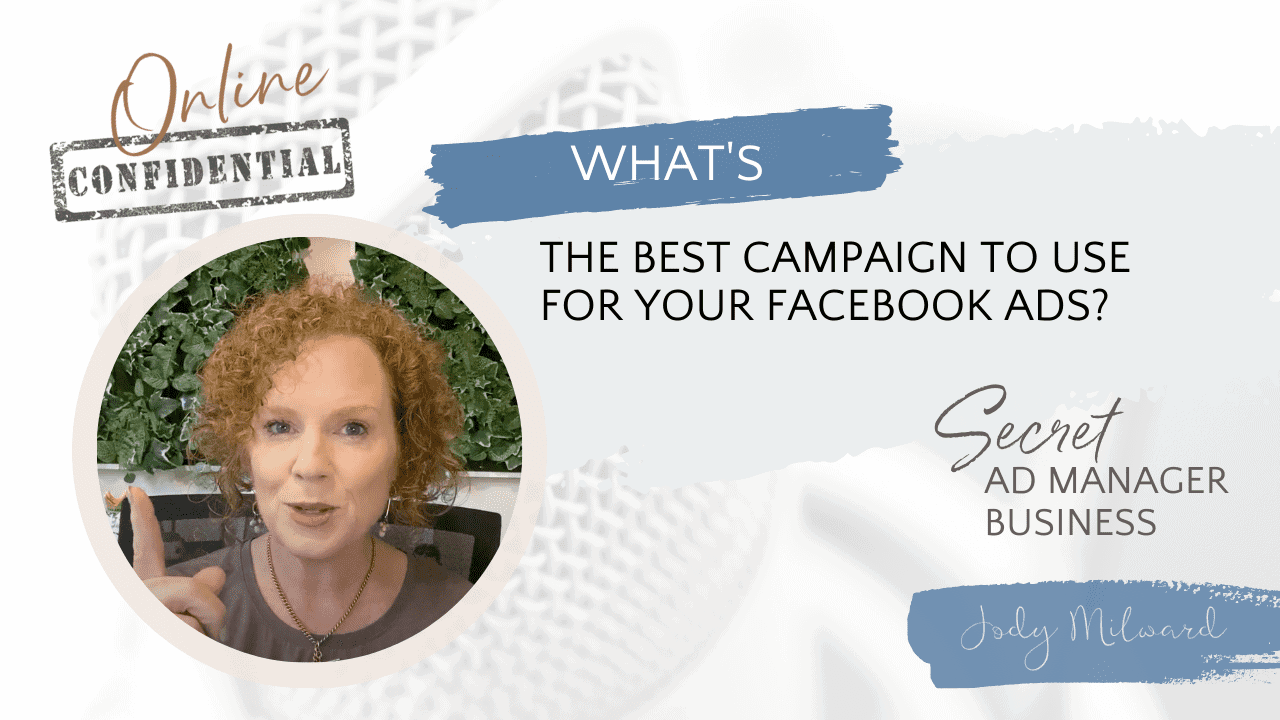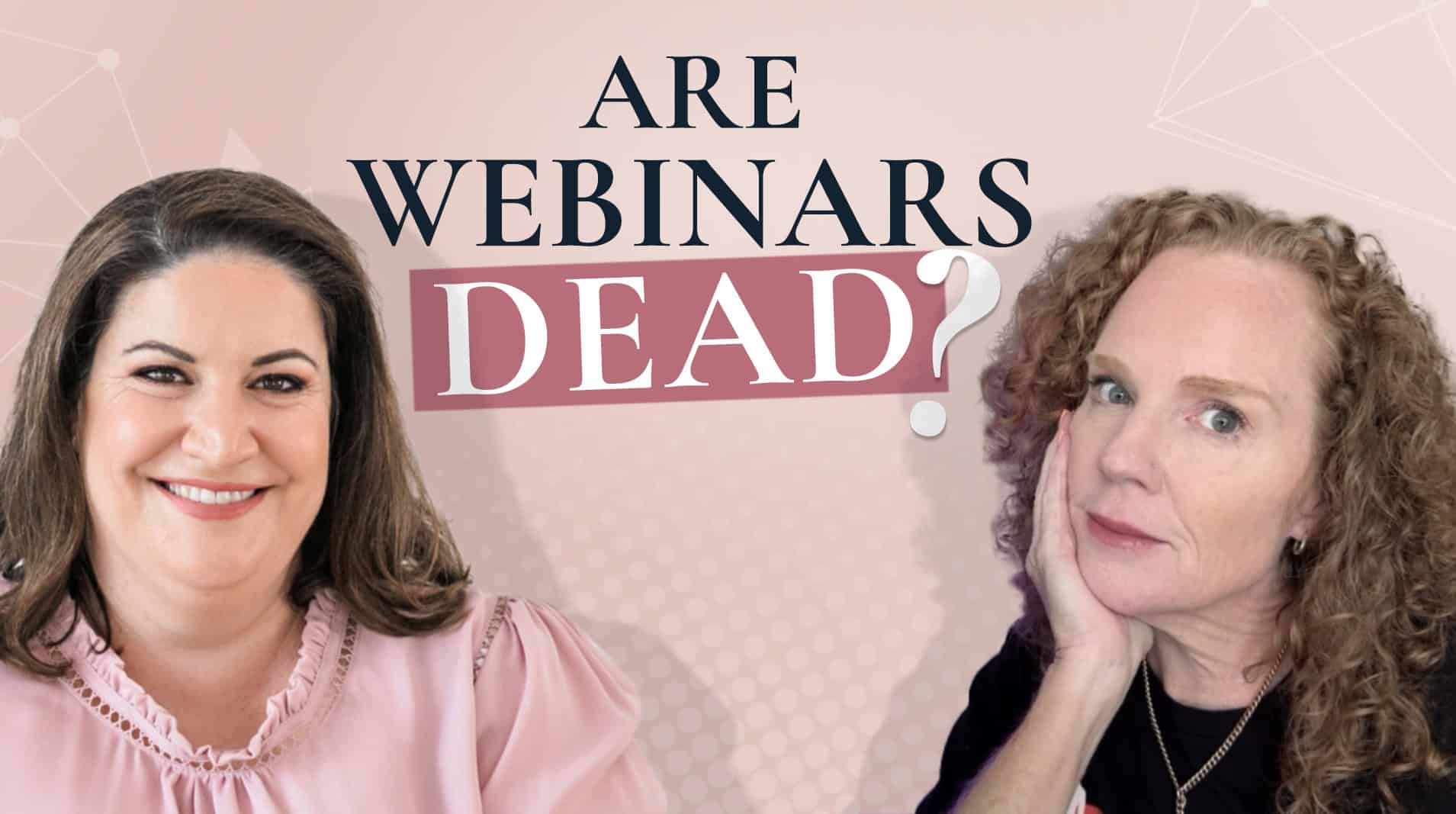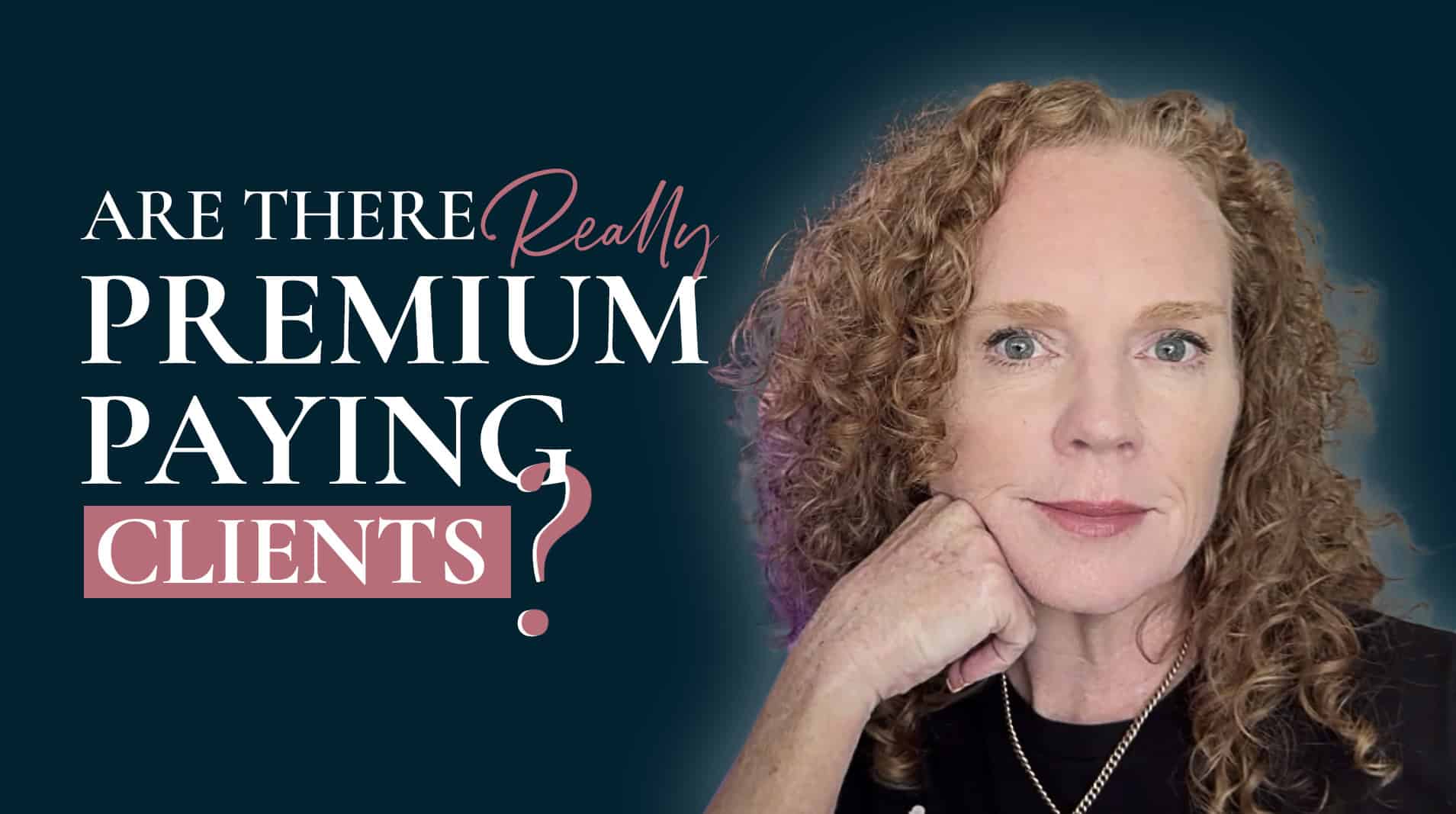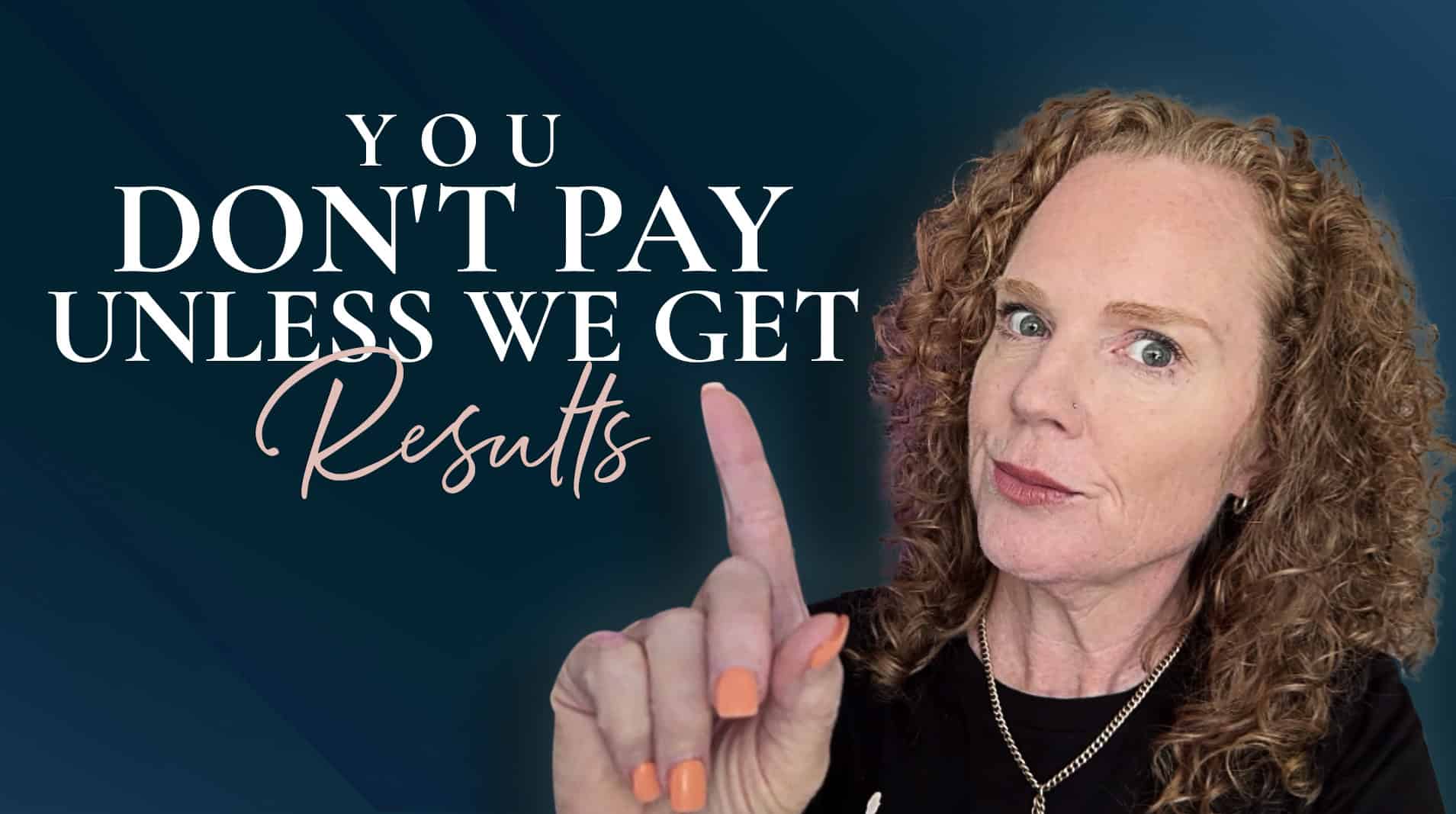If you go into Ads Manager to launch a campaign, you’re going to see that there are a number of different campaign objectives that you can select from.
And Facebook has them all neatly bundled for us into awareness, consideration, and conversion. But sometimes you may be wondering which objective you should use because your goals or retargeting may be a bit different. So what campaigns should you use out of all the ones there? I’ve probably only used about five. There are some campaign objectives that I have never used.
First of all, we need to consider what the objective is for our ads. Are we wanting someone to come in and opt in, or do we want them to come in and purchase? If that’s the case, then you want to be selecting a conversion campaign so Facebook will find those people who are likely to convert. And then for our conversion campaigns, that’s where we’ll select a standard event at the ad set level for the objective that we’re wanting to achieve.
So say if it’s opt-ins, you may have the lead standard event installed on that Thank You page. So the lead standard event fires when someone opts in, and you’ll have a conversion campaign that’s optimized for leads. With that standard event, if you are getting people to purchase something, you’ll likely have that purchase event firing on that confirmation page.
At the ad-set level, you’ll change that optimization to be purchases because that’s the standard event that would be firing on that confirmation page. So again, it’s a conversion campaign that’s optimized for purchases. Now, conversion campaigns are great, so that’s what so many advertisers go out and do. They are wanting people to take action to opt in and build their lists.

They’re wanting people to purchase. They’re wanting people to apply to book a call. So conversion campaigns are super popular and therefore super competitive. They can be some of our most costly campaigns, so you’ve got a higher CPM. A lot of people are in there because that’s targeting that section of the audience that is just hot and ready to take action.
So conversion campaigns are very, very competitive, but it’s the campaign that you want to select. If you’re wanting people to opt in, wanting people to purchase, then you want them to convert and take action.
Now, one of the other campaign objectives we have is traffic. This is one that a lot of people will get confused with because they’ll want to be sending traffic from Facebook over to their website, but they want them to opt in. So they may think, “Well, I’m sending traffic; I’m sending them over to my website. So I’ll just select a traffic campaign.” If you’re wanting people to opt in, your best bet is to still use a conversion campaign that’s optimized for that event that you want to fire, lead purchase, or whatever it may be. A traffic campaign will do just that.
Facebook will send that ad to people who are more likely to click a link and just go to your website, but not necessarily to take any action or convert or anything like that. And quite often I see traffic campaigns do exactly that. They get people to a website, but they don’t convert. They don’t opt in.
So use a conversion campaign whenever you’re wanting people to opt in. Use a traffic campaign when you’re wanting to get people to your site. With traffic campaigns, you need to optimize them for landing page views. A traffic campaign will normally default to link clicks, which means Facebook is going to send it to people who are likely to just click on your link. But you will have a huge drop-off rate between people who click the link and people who actually land on the page.
At the bottom of your ad set level, you’ll need to change it from link clicks to landing page views so that you actually get people who are more likely to click the link and wait for the landing page to load and at least see what’s on the page. So a traffic campaign is good if you just want to get people over to, say, a blog post to read. Or maybe it’s part of a retargeting strategy where you’re getting them over to learn a bit more, and then you’ve got ads that are following up to get them to convert or purchase or whatever it may be.
Traffic campaigns are also handy for a bottom-of-funnel re-targeting ad. So if you’ve been getting people over to a sales page and they haven’t purchased, then you want to get your ads out in front of them again. And depending on the audience size, a conversion campaign, even though you want them to come over and convert, may not feed out so well. So using a traffic campaign (if you’ve already filtered your audience to start with) with a conversion campaign to get people over to purchase, but then they haven’t, you’ve done that filtering already.
So now we just want your ads to get in front of as many people as possible. A traffic campaign that’s targeting that audience may be more effective to get people back over to the site, because like I said, we filtered them in the first place. They’re more likely to convert, but let’s just get them back.
A traffic campaign gets people to a blog post or over to read something or as part of a bottom-of-funnel strategy. I do actually love to combine a number of campaigns for my bottom-of-funnel. So I may have a conversion campaign and a traffic campaign and another campaign, all targeting bottom-of-funnel audiences so that I keep the bottom of the funnel nice and wide.
So that’s a conversion campaign and a traffic campaign. Then we’ve also got an engagement campaign. These are great to get out in front of your audience and to find those people who are likely to engage with your posts; this puts some social proof on your ads and Facebook. I love social proof, and it also looks good for your ads as well. But it also creates an audience for you. A custom audience of people who have engaged with any post or ad. And they’re great audiences. I find them to work really well again in re-targeting strategies.
With engagement campaigns, Facebook is finding that audience of people who are likely to engage with your ads. So they’re great again at the top of funnel.
You can get some content out in front of your desired audience that may be cheaper than a conversion campaign. So you’d go out and build an audience up first, who you then re-target to come over and convert. And those engagement campaigns, like I said, you can then build up your audiences of people who have engaged with any post or ad so that you can retarget them.
Engagement campaigns are also great at the bottom of funnel. Like I said, keep it nice and wide. So you may have a conversion campaign, a traffic campaign, and an engagement campaign. You’ll find with your engagement campaigns, you’ll get a low click-through rate because they’re not designed to go to people who are likely to click, but you will still get people clicking on them as long as your ad copy is good.
And you got a great creative and a great hook. So that’s engagement campaigns, video campaigns, and video view campaigns. Facebook will send them off to people who are more likely to watch a video. So if you’ve got a great little content piece and people often ask how long should a video be? Well, as long as it needs to be to engage with your audience, give them value, and entertain them.
Video view campaigns are great to build an audience of people who have watched your video. And that can be from three seconds, 25%, 50%, 75%, or a hundred percent of your videos. So there’s lots of different points in there. And obviously people who have watched more of your video are going to be more interested in what it is that you have to offer. So again, retarget different sections of the video of your audience.
Now, when it comes to videos, just because you may have the video in your ad does not mean that you select a video view campaign. Again, if you’re wanting people to convert or opt in for a webinar, and you’ve got a video in the ad, don’t use a video view campaign.
I mean, try it and test it for sure. You’ll get a low click-through, and you might actually get a good cost-per-conversion. So test and see. But ultimately, if there’s video in your ad and you want people to convert, you’re still using a conversion campaign. If you get conversions from your video views, then that’s great. That’s a bonus! So video views, video view campaigns are for people who you want to watch the videos. But if you want them to convert, still use a conversion campaign.
Now, a note on our videos when you’re using it to build an audience and retarget them, make sure you keep the placements to Facebook and Instagram. That way, Facebook will build those audiences, those custom audiences that you choose of people who’ve watched, whatever that percentage is, or 15 seconds, of the ThruPlays of your videos. If you select all placements, Facebook can’t retarget those video views. So a very important thing to note there. If you’re using your videos to build an audience, keep them on Facebook and Instagram.
And then finally, the reach campaigns. I love reach campaigns! Even though Facebook has them up as a brand awareness objective, it’s good to get out there and reach as many people as possible. I actually love to use them. Retargeting in what I call a nurture sequence, where people who are in your world, in your sphere, you are continuing to retarget this audience for the next 30, 60, 90, 180, 365 days, depending on what placement you’re retargeting. So reach campaigns are great because of their frequency. You can create an ad and it will get delivered to your audience.
Maybe once every five days or seven days, or once every three days, whatever you choose. You can choose the frequency, which is beautiful. So you can just pop up in their newsfeed with different content pieces rather than hammering them day after day with the same ad. So that’s why I really love reach campaigns. They’re more for nurturing, retargeting, and putting different content pieces there in front of your audience. You can put a testimonial in there, a behind-the-scenes, living-life kind of content piece, a philosophical content piece, or anything else that portrays your values so that you are nurturing your audience.
Then as you’re using those reach campaigns, you’re getting back out in front of your audience. You also pepper in some conversion campaigns. So 60 days down the track after they’ve registered for your webinar and they are seeing all your content pieces in your reach campaigns, you can invite them back to book a call or invite them back to purchase something else because they’re seeing it every day in the newsfeed with all these relevant bits of information that is continuing to build your affinity authority and trust with your ideal clients.
And that’s it! That’s the five campaigns that I’ve used typically every day with all clients and with my own funnels, conversion campaigns, traffic campaigns, engagement, video view, and reach campaigns.
If you would like to know more about ad strategies and what strategies to use, I’ve got nine different strategies that I talk about in the Elite Ad Manager certification. If you want to know more about that, head over to eliteadmanager.com and grab your seat and find out how the Elite Ad Manager can help you to consistently hit five-figure months.



